Taste of Prague Czech Podcast, Ep 9 - Zdenka and Martin of Sí Toskánsko
[Note to all English readers: This podcast and its description are both in Czech. Please look for English episodes of the podcast. Thank you!]
Možná nám nebudete věřit, ale letní výlet do Toskánska jsme si plánovali už minulý rok. Ale pak přišla korona a chvíli to vypadalo, že se letos nepodíváme vůbec nikam. No ale nakonec jsme přesně kolem data, kdy došlo k uvolnění hranic v rámci EU, dostali pozvání do Toskánska od Zdenky a Martina, se kterými si už nějakou dobu dopisujeme přes Instagram a kteří s námi před pár týdny udělali super rozhovor přes Instagram (podívejte se sem). Vzhledem k situaci měli u sebe ve vile volno, tak jsme mohli na týden přijet, a nebudeme vám lhát - bylo to opravdu perfektní. Ještě o tom napíšeme článek, tak se za pár dní podívejte na blog. Bude tam hodně tipů.
Podcast jsme natočili poslední večer našeho pobytu na dvorku vilky, kde Zdenka a Maťo žijí a odkud provozují Sí Toskánsko, malou cestovní agenturu, která v Toskánsku zprostředkovává bydlení a zážitky nejrůznějšího druhu, které se však točí zejména kolem dobrého jídla a pití. Aby taky ne, Martin je známý šéfkuchař a jako jeden z porotců slovenské verze soutěže Masterchef svého druhu celebrita, která prožila a provařila 11 let v top kuchyních v Londýně, a Zdenka je zakladatelka Sí Toskánsko (Maťo se podle svých slov do projektu "přiženil"), která sama jídlo miluje a věnuje mu spoustu času. Podle vlastních slov je Zdenka ta, která tráví večery nad maily, zatímco Maťo díky své otevřené povaze převzal roli "animátora".












